Meet Marco Cantini
Florentine Jeweler with an Artisan Spirit and a Heart of Gold (and Especially Silver)
Marco Cantini is not a jeweler’s son, but he holds the patrimony of Florentine craftsmanship in his hands.
Audacious, meticulous, and deeply personal, Cantini implements centuries-old techniques to craft contemporary pieces sprung from his own imagination and inspired by his customers.
At just fourteen, he left school and began apprenticing at the shops on Ponte Vecchio, Florence’s iconic bridge, and home to a dizzying selection of fine gold and silver.
Once a Roman structure connecting the narrowest bend of the Arno River, its current iteration dates to the mid 14th Century.
Originally built to accommodate butcher shops, fish mongers, and other merchants who tossed their waste in the river, in 1565, Ponte Vecchio received a Renaissance renovation.
Architect Georgio Vasari designed an upper corridor, the Corridoio Vasariano, to facilitate safe and private passage between Palazzo Vecchio and Pitti Palace.
Appalled by the odors emanating from the produce markets below, Grand Duke Ferdinand evicted the offending vendors replaced them with gold and silversmiths and jewelers. The beautified space soon swelled with aristocratic and international commerce as Florence flourished.
Today, Ponte Vecchio honors a heritage of fine Florentine craftsmanship, innovation and a steadfast conduit to the past.
It was here that Marco immersed himself in the ancient art of gold-smithing. He honed his practice in the ornate and floral Florentine floral style. He recalls his maestro sending him out to the Boboli Gardens to collect leaves and replicate them down to gentlest curl and finest vein.
His laboratory executed pieces for storied jewelers, including the house of Mario Buccellati, the so-called “prince of goldsmiths.”
After years of apprenticeship, Marco took on the role of master himself, at Florence’s Alchimia jewelry institute.
He went on to take his trade abroad, collaborating on pieces for Tiffany in New York City and David Morris in London and Miami.
Upon his return to Florence, with a team of investors he opened a shop in a deconsecrated church on Via delle Terme. He called it Limelight, in part, an ode to the famed nightclub but also to the idea that his creations would shine here.
While gold will always be his first love, Marco’s design instincts ultimately leaned toward silver.
He tells me, “I had an intuition about it, too, that silver could become just as popular a material for highly ornamental pieces.”
Limelight featured mostly silver, with gold on request. Within a few years, however, as so often happens, he found his vision stifled by commercial demands.
He adds, “I started out just for fun, experimenting with materials, and then I got lost in it—in a good way! Jewelry, or rather, the art of creating small objects that tell a story, immediately captivated me. And over time, it became my way of expressing myself.”
He eventually closed Limelight and moved his laboratory and business under his own name.
A practicing Buddhist, he was captivated by the Japanese concept of 再生 (saisei), a word that encompasses rebirth and regeneration. In modern usage it refers to urban and ecological renewal. “I was eager to create a personal project that reflecting my way of being,” he says.
He called his first collection RECYCLE.
In place of precious stones, he embedded pieces of broken glass bottles collected on the beach. He shows me pictures, each piece unique. “I used fragments from shattered Beck’s beer bottle for the green, and for cobalt blue, Ty Nant mineral water.”
The RECYCLE collection was intended for women, like much of his work, but later began expanding his designs for male clientele.
Half-joking, he tells me, “Men are just as vain as women, if not more so! They just can’t show it. Things are changing, but today’s society still paints male vanity as weak, calling into question their masculinity. It shouldn’t.”
Marco’s instincts proved correct. His current lab on Via Castello D’Altafronte sees a constant flow of both male and female customers, many of them long-time clients turned friends and vice versa.
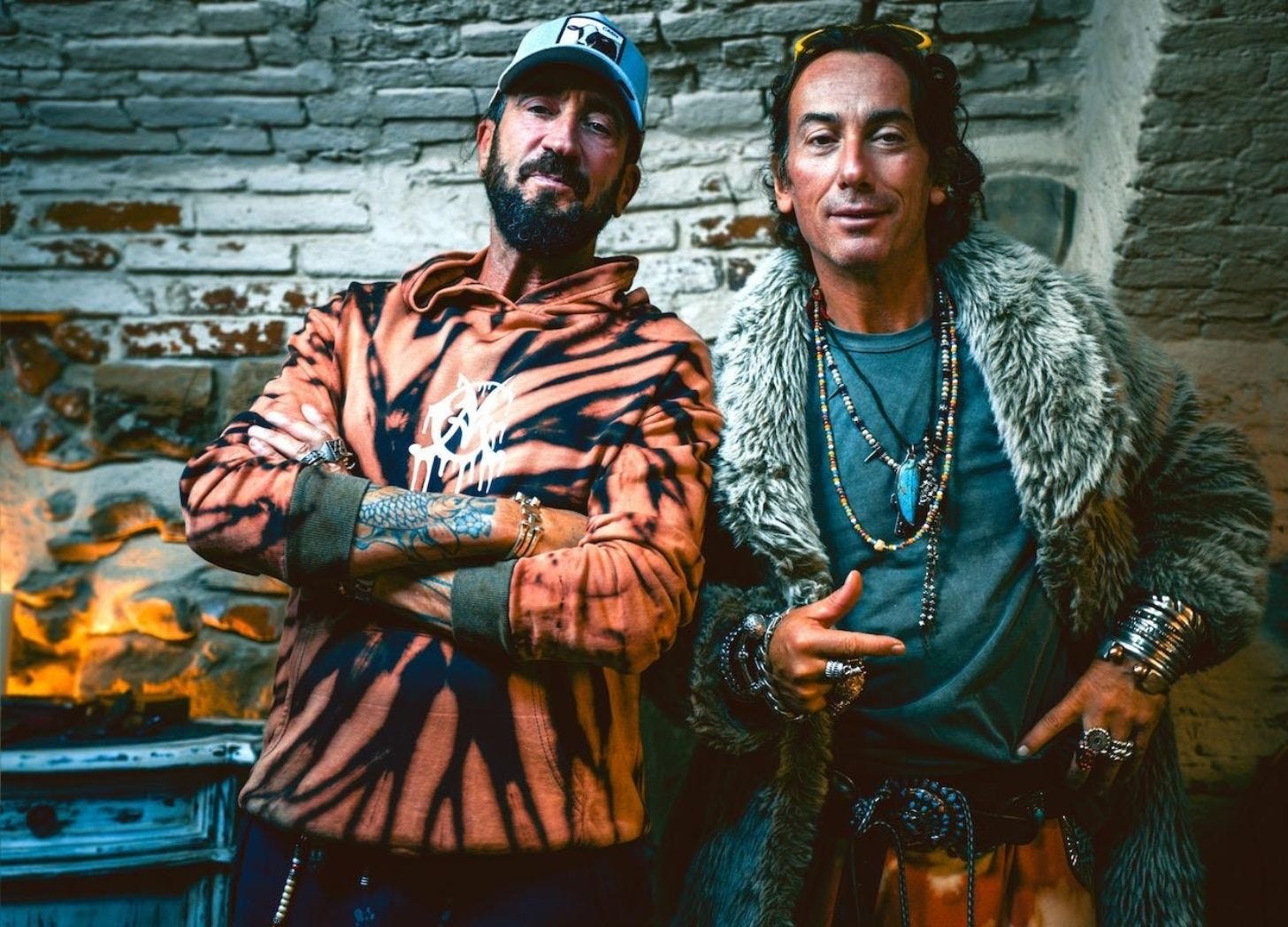
Marco’s work today reflects the diversity of his clientele, but it’s also inspired by them, crafted to their specifications, and modified to their mood.
From one-off creations to modified versions of his existing lines, Marco defines himself not as a jewelry designer, but as an artisan.
“I’m very much about personalizing it. You bring your inspiration, your energy, and I’ll make it,” he says.
Over the course of his career, he’s collaborated with brands including Roberto Cavalli, Patrizia Pepe, and Replay. He also designs the winning ring for city’s annual calcio storico tournament—a rugby-football-soccer hybrid played since Medieval times played between historical neighborhood teams.
In the store, you’ll find chunky silver rings, intricately incised with larger-than-life stone settings, and some his signature shapes: a crocodile, a roaring tiger, a playfully creepy bunny skull, and a larger-than-life nodo fiorentino, a nod to the de’ Medici era symbol depicting two intersecting rings harmoniously formed from a single thread.
His Cromo collection, bracelets and necklaces, was born of his fascination for chromotherapy—a philosophical and healing practice based on the idea that colors can influence mood, energy, and physical health.
“Color affects us more than we realize,” he explains. It isn’t always something we chose. It chooses us subconsciously even when we dress and accessorize.”
At this point we realize we have a favorite color in common, orange.
I tell him I’m drawn to it for its vibrancy and warmth.
He’s insists, “These colorful strands have power. There’s something playful and childlike about them as well. I’ve had eighty-year-olds tell me they feel younger when they wear them.”
Other bracelets utilize semi-precious stones punctuated with small sculptures in silver, bronze and gold. You’ll find depictions of skulls, angels, the iconic Florentine iris. Buy off the rack, or choose your own colors, and decals.
“What gives me the most satisfaction is seeing something come to life from my hands, from scratch. You start with an idea, maybe a color or a shape that’s been in your head for days, and slowly it comes to life.”
He’s had plenty of special requests, from a rose-shaped ring from a man to his wife, to scented stones—a technique he refuses to reveal.
A strong believer in karma—the principle of cause and effect—he trusts some customers to try on pieces for a few days on the honor system, before paying for them.
“When someone wears it and identifies with it, that’s when you know you’ve hit the mark. It’s a silent dialogue between the creator and the wearer. It’s beautiful.”
For those who don’t have time to personalize over days, I ask what is the most iconic ready-to-wear piece at the moment.
“Without a doubt, Mosaiko bracelets. They are kind of my signature.”
“I use Japanese Tila Miyuki glass beads because they are incredibly precise. I arrange them like little pictures, one by one. Each bracelet has its own rhythm and colors, and even if they look similar, no two are ever the same.
It is the piece that best reflects my way of working: order, color, and harmony.”
And Marco Cantini as a brand? In three words? I propose audacious, meticulous and thoughtful.
Marco pushes back. “See? A brand is something others define for you. I don’t think this is arrogant to say, I prefer to think that even if it isn’t signed, you can tell it’s mine.”
I ask him what makes Florence so inspiring.
He sighs. “Florence... oh, Florence gets under your skin.”
Obviously, it’s a city filled with art, but what does Florence give you personally, I ask him.
“It exudes beauty in every corner. But it’s not just the art in the museums: it’s the light, the proportions of the buildings, the quality of the silence in certain alleys early in the morning.
It’s a city that forces you—in a good way—to strive for excellence. For me, it’s a constant source of inspiration: it reminds you every day that you’re part of something bigger, that there’s a tradition to honor and, at the same time, to innovate and evolve.”
Is there another jewelry store in Florence you recommend to readers?
He’ll enthusiastically send shoppers to Vaggi. The multi-generational brand specializes in fine antiques as well as their own creations.
“Vaggi combines art and architecture: each piece has an elegantly and scrupulously crafted, and never banal. You can see the craftsman’s hand and feel the passion. And that, for me, makes all the difference.”
I ask him about non-wearable art, seeing as he lives in a city surrounded by it.
Is there a particular work art or architecture in Florence that still takes his breath away every time?
Without a breath he replies.
“Il Ponte Vecchio. I’m constantly enchanted by the bridge—not for the jewelry shops that line it, but the bridge itself. We pass it every morning when I walk my daughter to school. I tell to stop and look. Just, look how beautiful it is.”
Marco Cantini
Via del Castello D’Altafronte, 30/32r
TEL +39 055 289458
SITE | @cantinimcfirenze
This story is part of the Crown Jewels of Florence series, behind the scenes with real Florentines.



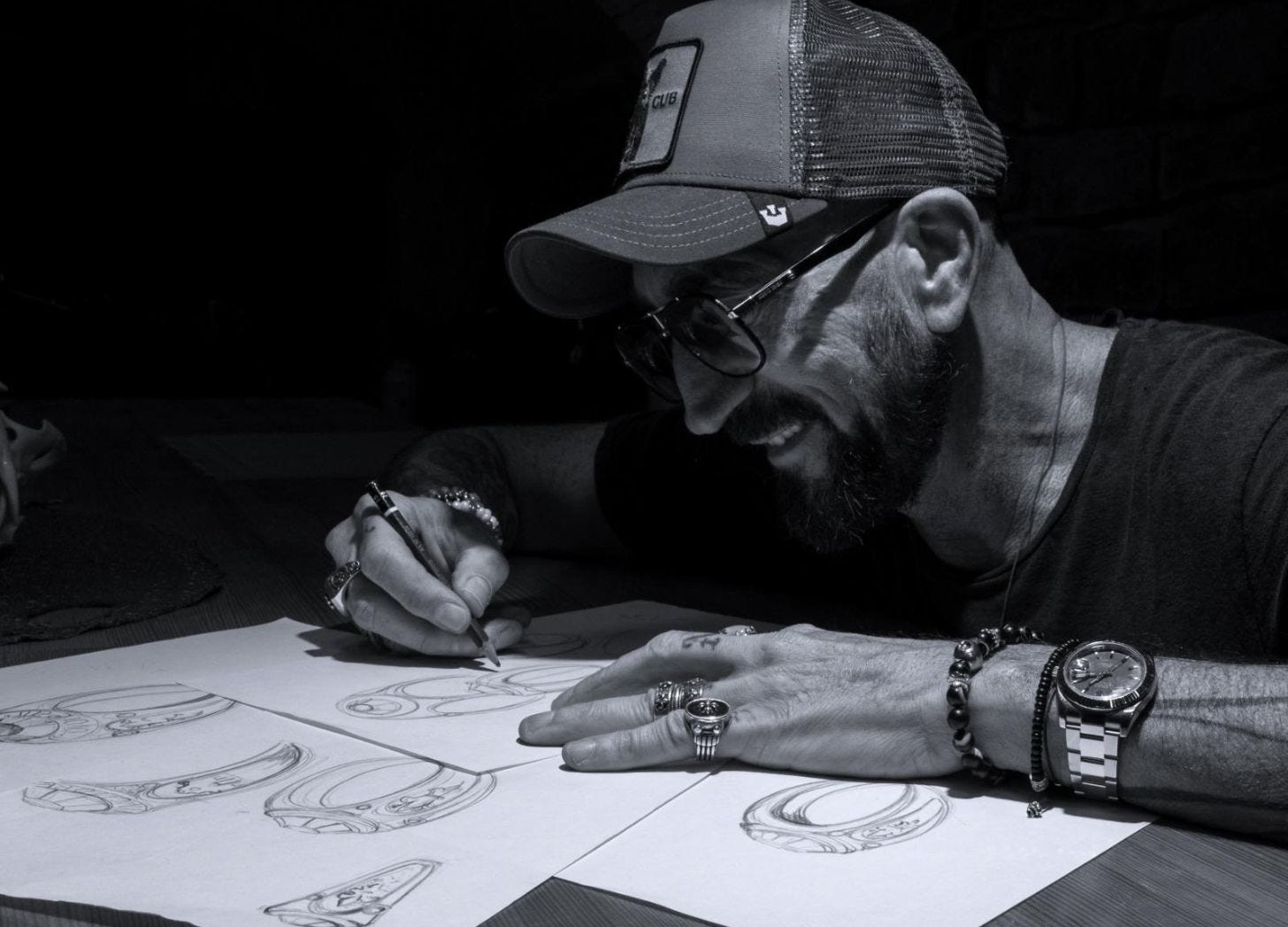
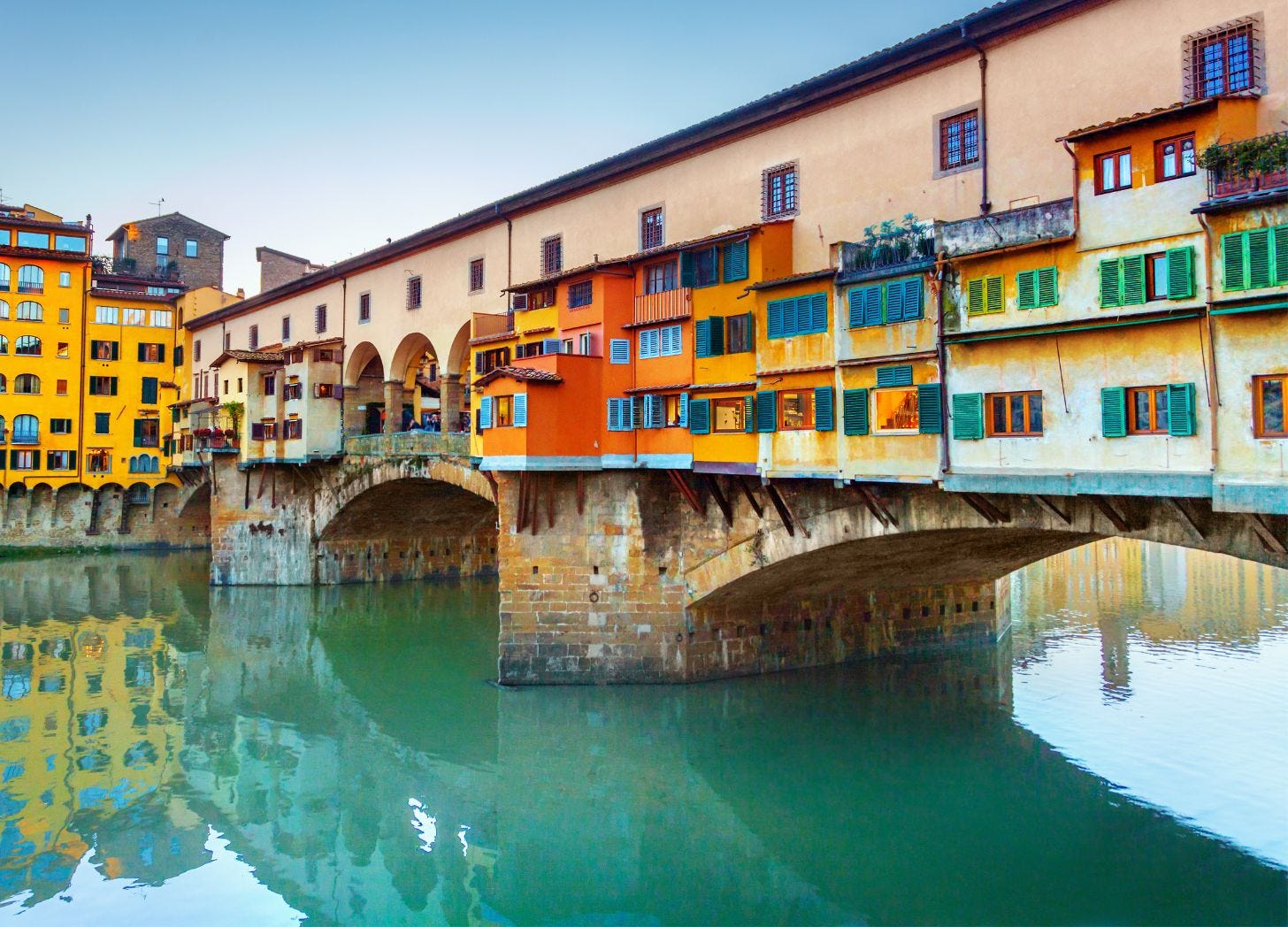
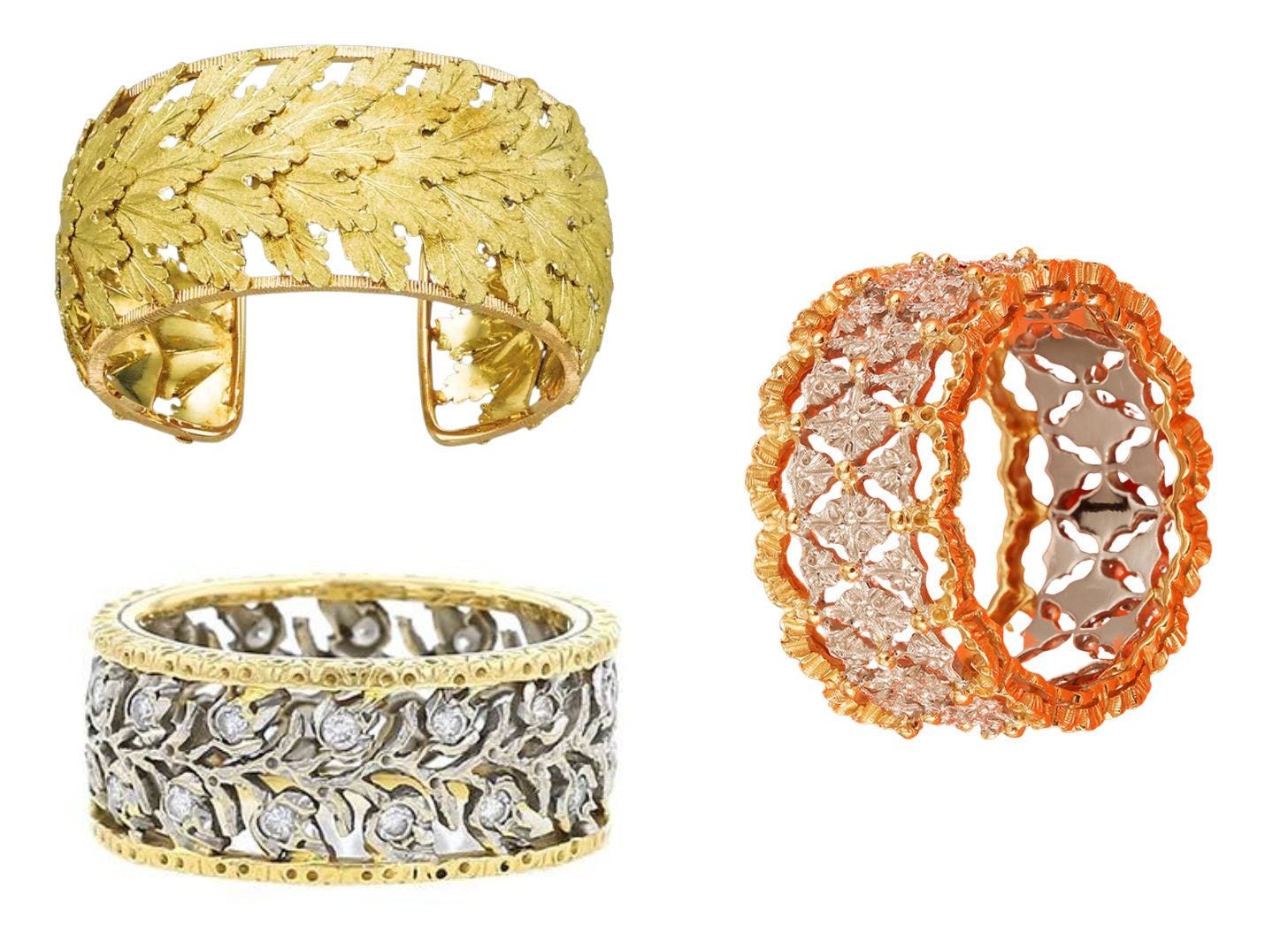
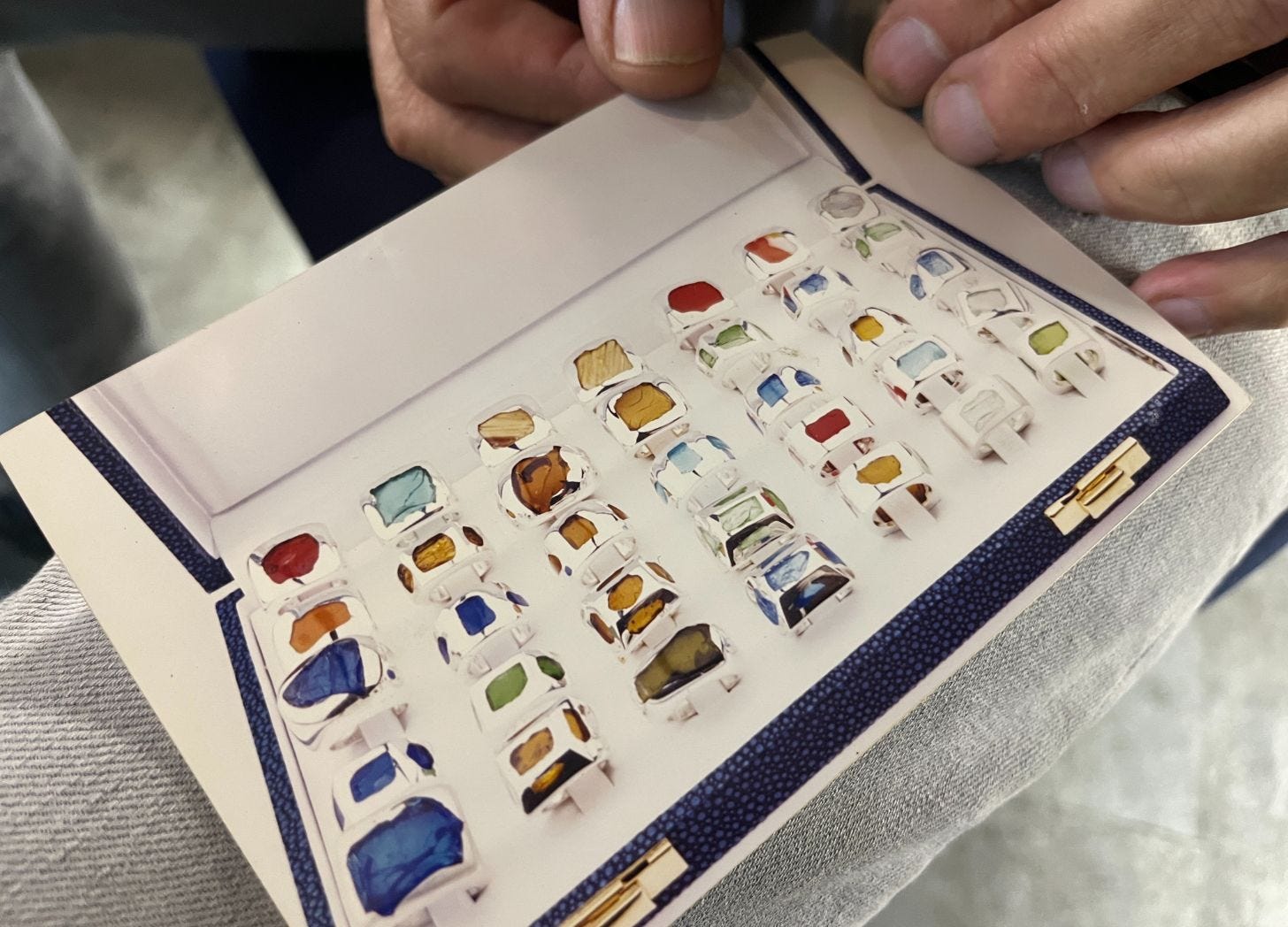
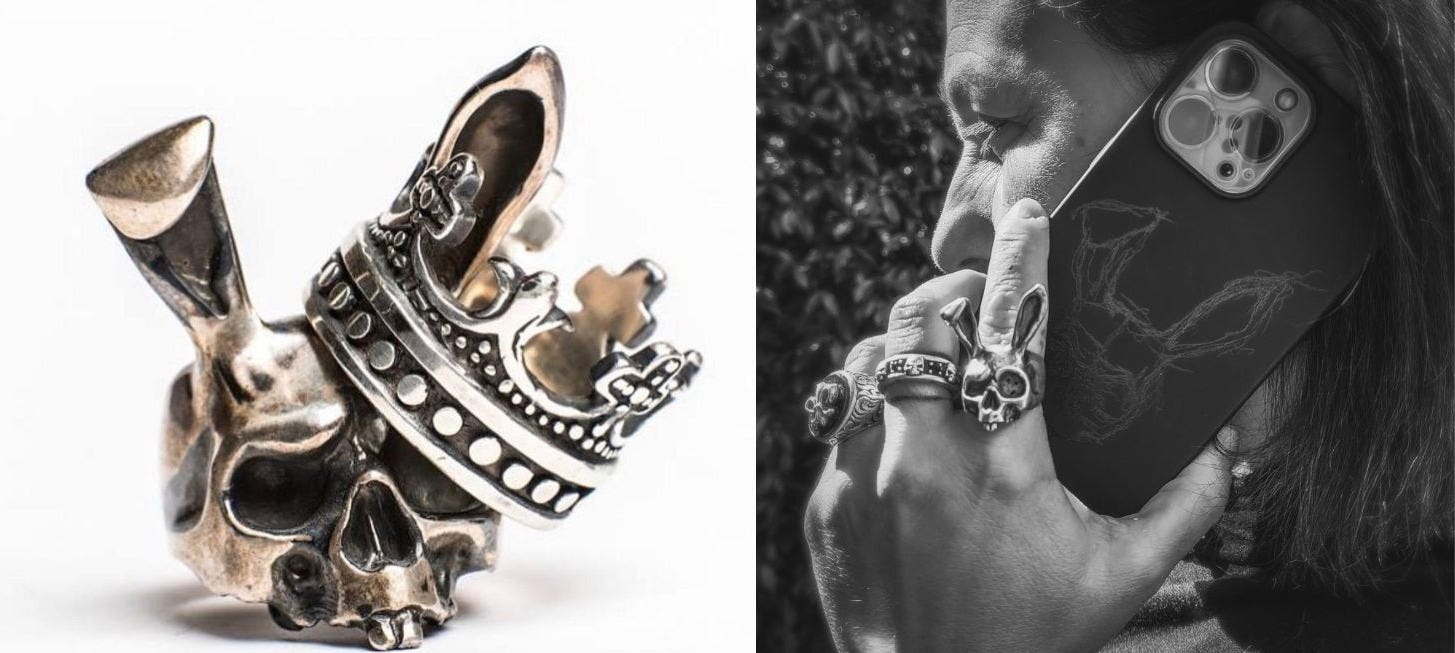
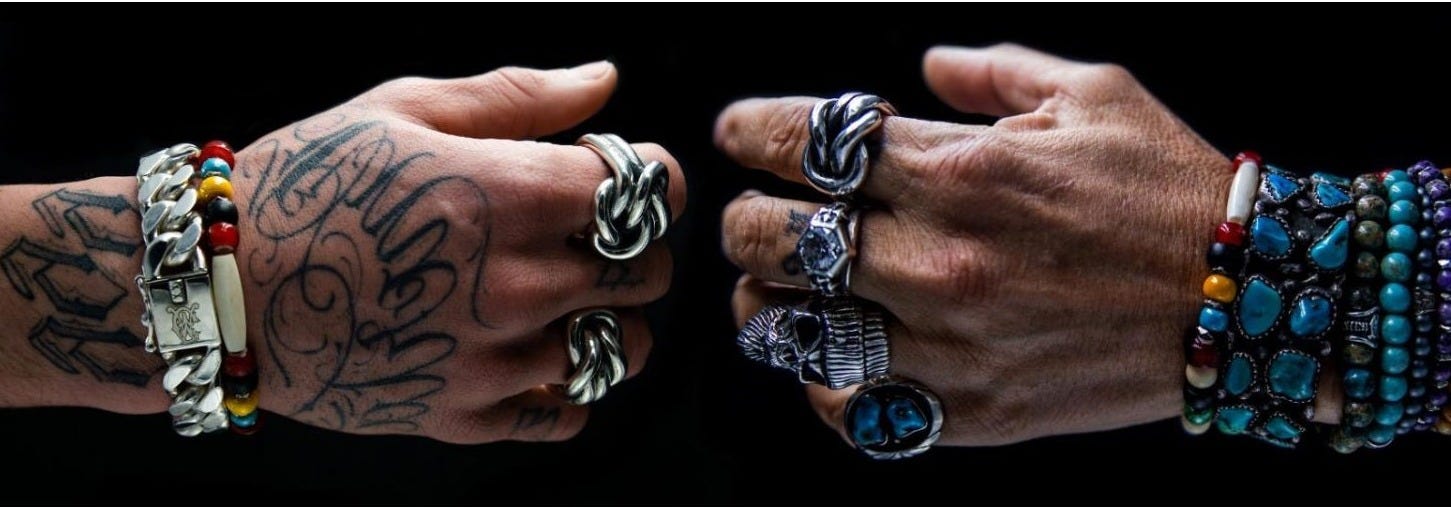
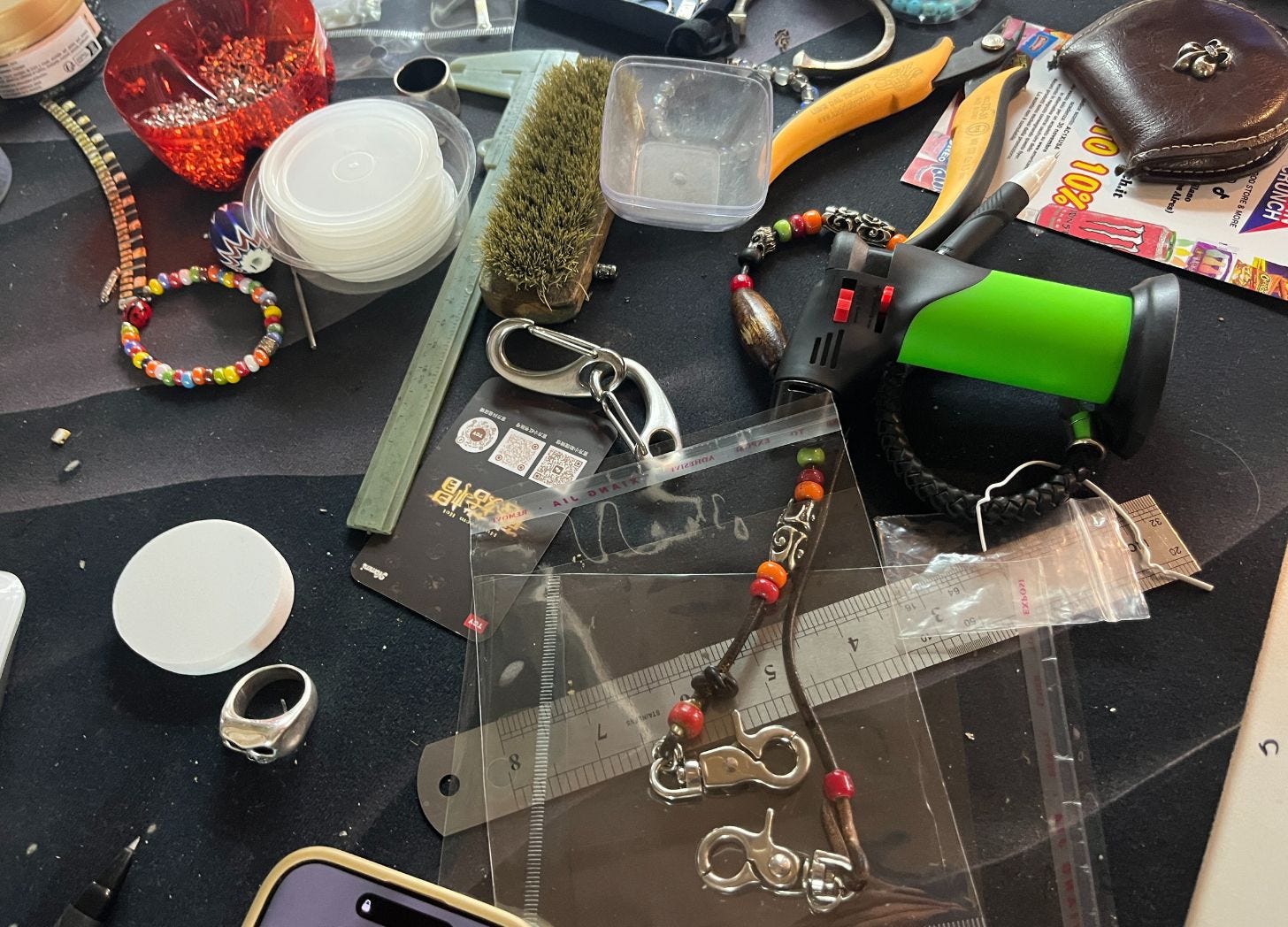
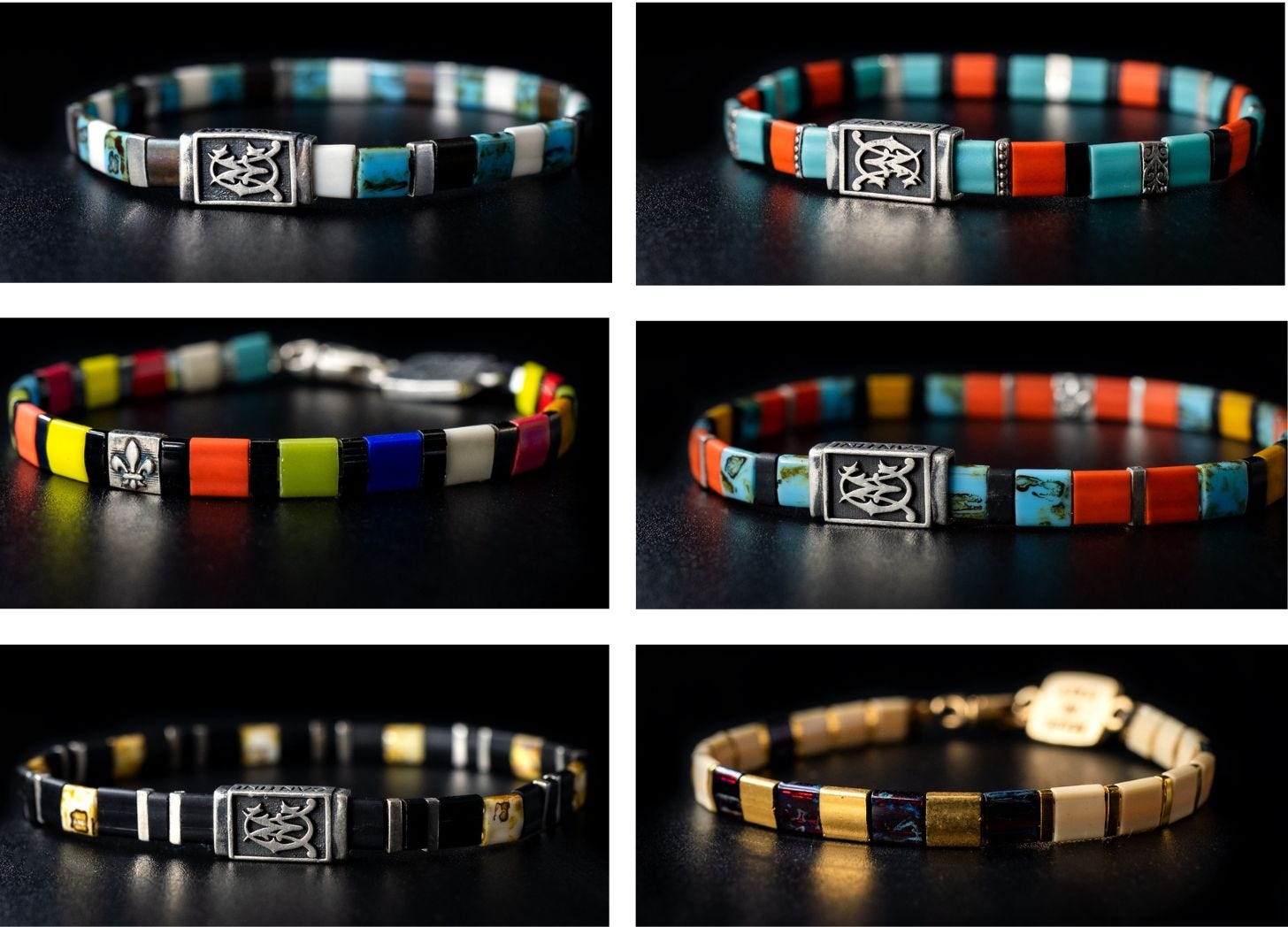
I like the bracelets in the last photo!